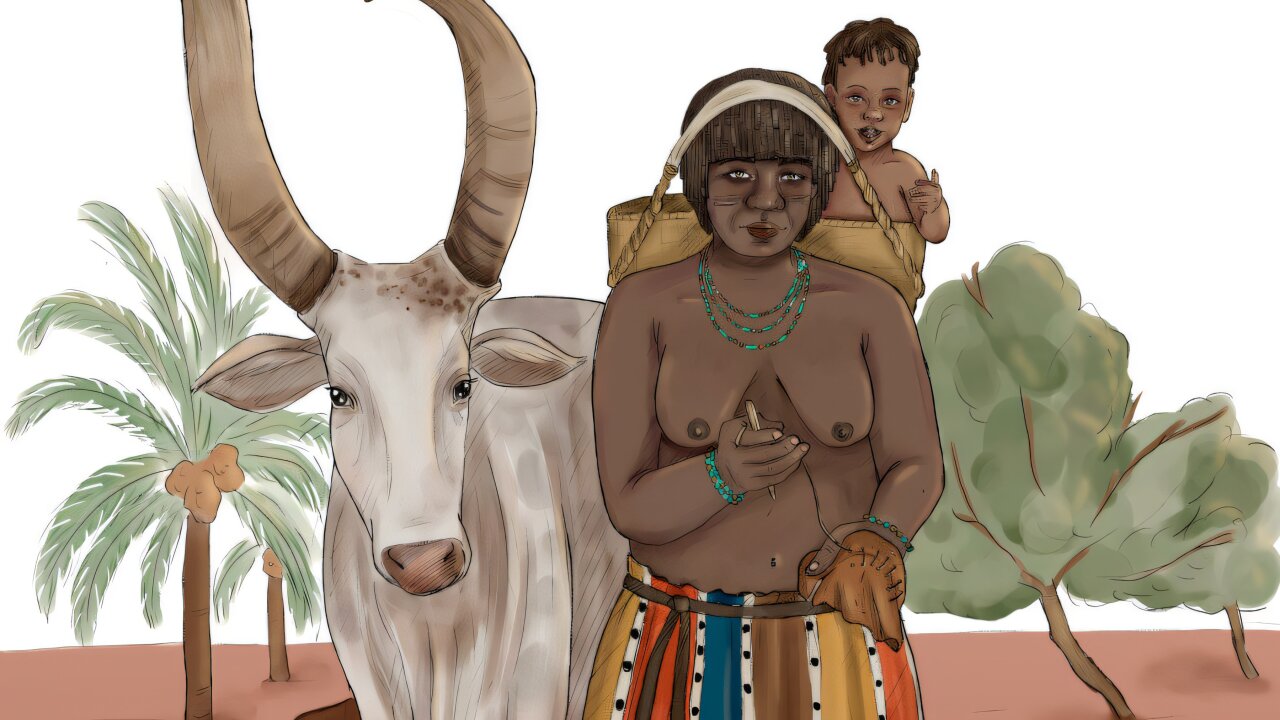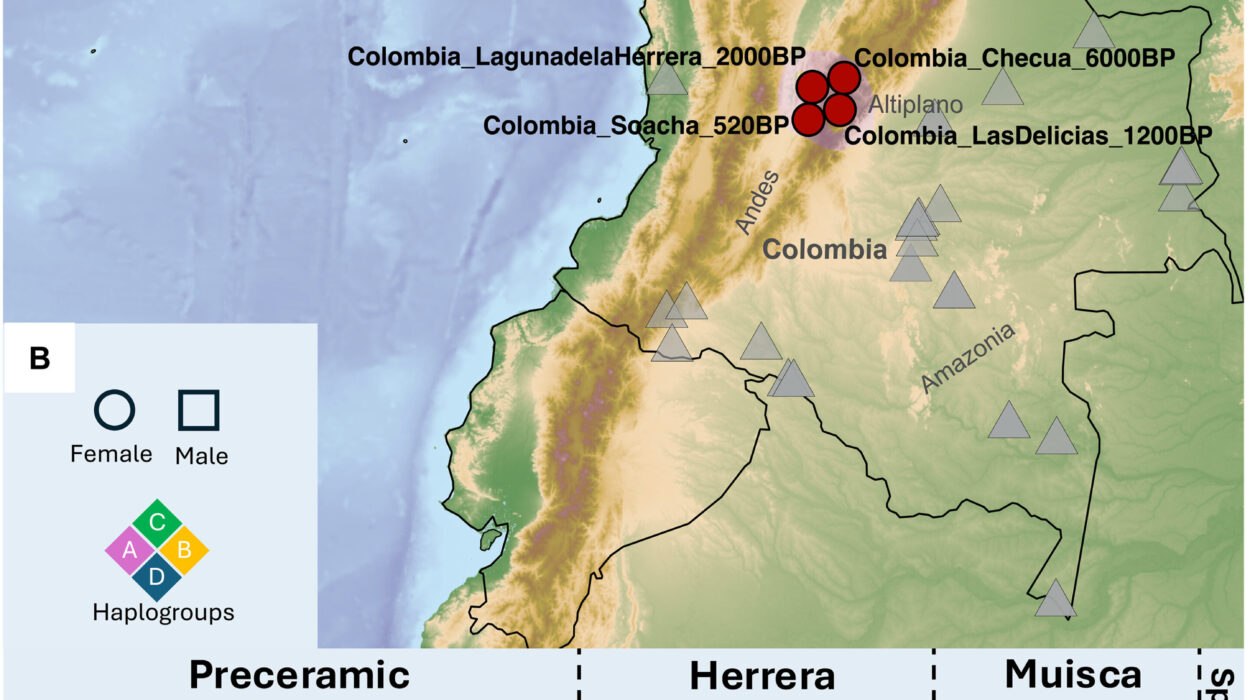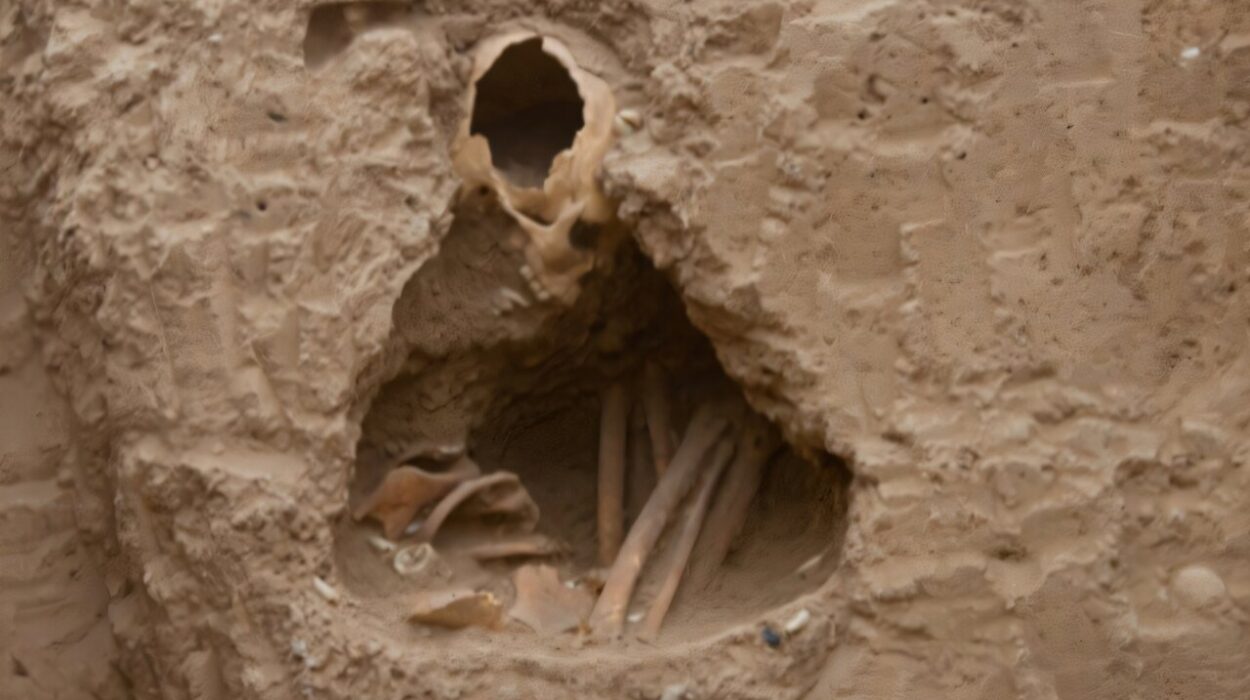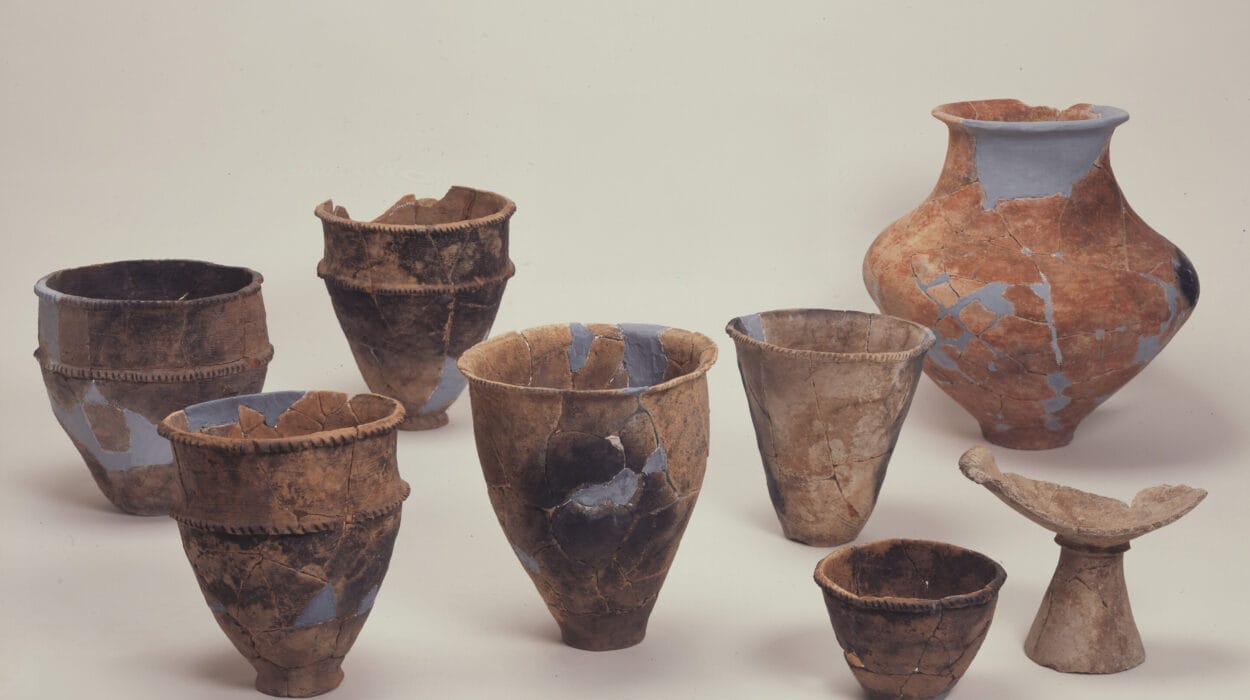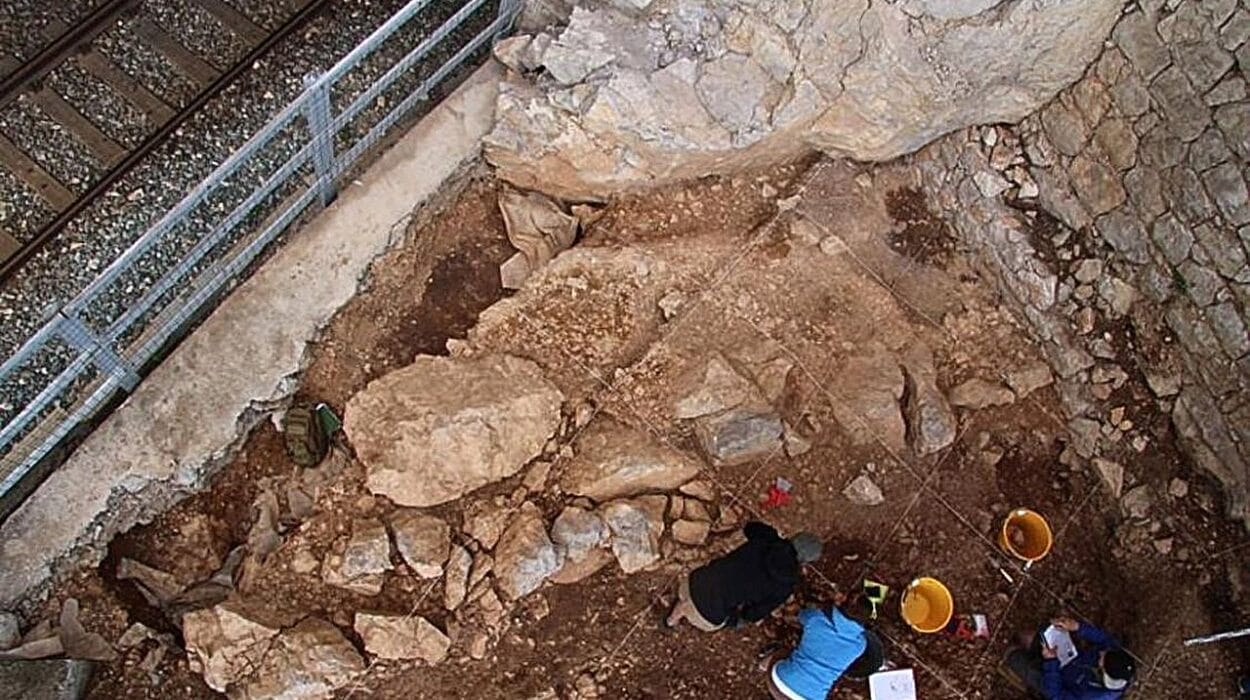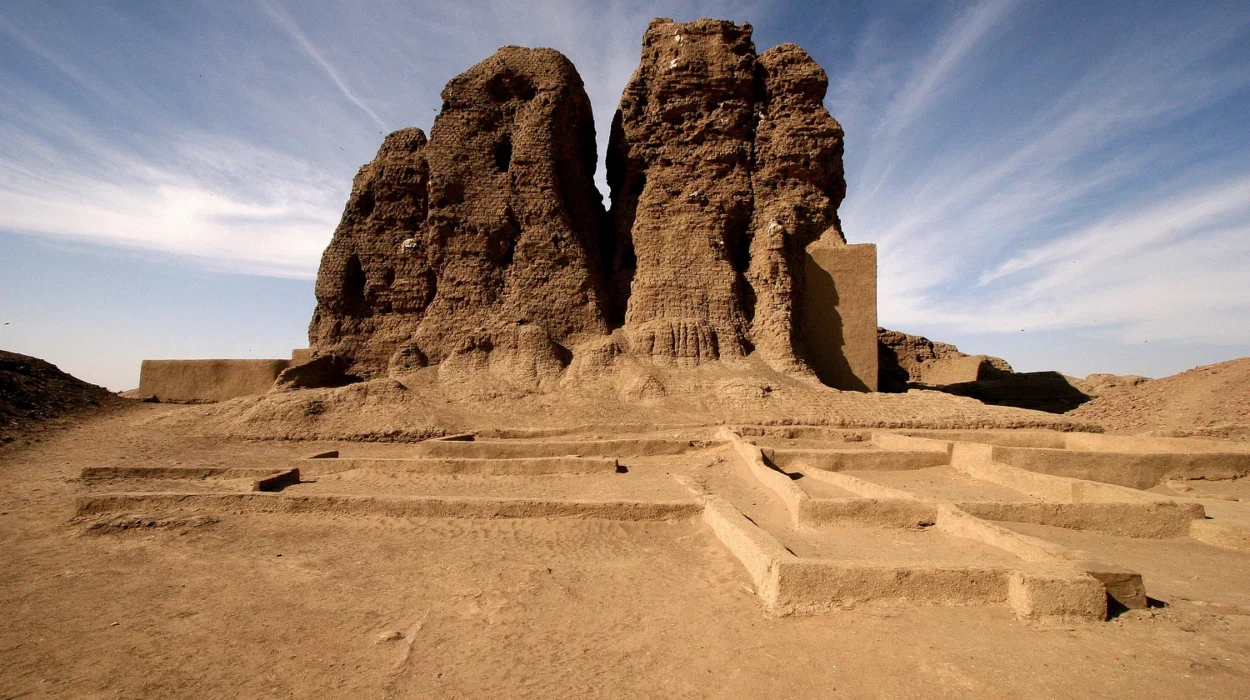The pages of ancient history are often written in stone, ink, and myth—but sometimes, they’re inscribed in bone. In a groundbreaking interdisciplinary study led by the Universitat Autònoma de Barcelona (UAB), researchers have uncovered a narrative long buried beneath millennia of silence: the story of Nubian women who, more than 3,500 years ago, bore not just the burdens of daily survival—but quite literally, the weight of civilization—upon their heads.
The study, recently published in the Journal of Anthropological Archaeology, reveals skeletal transformations in women from the Kerma culture of Bronze Age Nubia (modern-day Sudan). These physical adaptations, embedded in the vertebrae and skulls of women, bear testimony to a form of labor invisible in written history yet woven deeply into the everyday rhythms of life: the practice of head-loading.
While the tombs of kings and pharaohs have long dominated public imagination, this research flips the narrative. It invites us to look away from the gilded scepters and monumental statues—and instead focus on something just as enduring, though vastly overlooked: the worn but resilient bones of women whose lives were spent in ceaseless motion, carrying water, grain, firewood, and even children, across the sun-scorched landscapes of the Nile.
Kerma: The Silent Partner in a Rivalry with Egypt
To understand the implications of this research, we must travel back to the Bronze Age kingdom of Kerma, a powerful and sophisticated Nubian society that flourished between 2500 and 1500 BCE. Kerma was no primitive outpost—it rivaled Pharaonic Egypt in political clout, military strength, and cultural complexity.
Archaeological evidence has long attested to the grandeur of Kerma’s rulers, the intricacies of their ceramic art, and their robust trade networks reaching as far as Central Africa and the Mediterranean. Yet, for all its majesty, Kerma—like so many ancient societies—remains narratively lopsided. Men occupy its history books, and women remain shadows.
But bones remember what scrolls forget. And at the archaeological site of Abu Fatima, near the ancient capital of Kerma, the skeletal remains of 30 individuals—14 women and 16 men—have offered a new lens into the gendered division of labor in ancient Nubian society. Through a synthesis of bioarchaeology, ethnography, and art history, the UAB-led team pieced together a mosaic of lives that challenges long-standing assumptions about who labored, how, and at what cost.
The Body as an Archive
Bones are not passive relics. They are dynamic, living tissues that respond to stress, strain, and repetitive motion. Just as rivers carve valleys over time, so too do daily activities shape our skeletons. For this reason, bioarchaeologists like Jared Carballo—lead author of the study and a scholar of ancient societies—see the human body as a biological archive of lived experiences.
“Each bone is a narrative structure,” says Carballo, “not only of biology and age but of social role, cultural behavior, and personal habit. The body remembers what history forgets.”
In Abu Fatima, male skeletons exhibited pronounced asymmetry in the arms and shoulders, especially on the right side—a pattern consistent with heavy load-bearing through shoulder-carrying. By contrast, the women’s skeletons bore a different story entirely: changes in the cervical vertebrae, the upper spine, and the cranial vault—areas associated with balancing and carrying loads on the head.
One particularly telling example is “individual 8A2,” a woman who died in her 50s. Her skull bears a distinct depression behind the coronal suture and signs of severe cervical osteoarthritis—biological signatures of decades spent bearing weight through the use of a tumpline, a traditional head strap still used in parts of the world today.
The Tumpline Tradition: Technique Passed Through Generations
The tumpline is a simple but ingenious device: a strap, typically of leather or woven fabric, that wraps around the forehead and attaches to a load balanced on the upper back. The result is an efficient transfer of weight across the skull and cervical spine. This practice, documented across Africa, Asia, and Latin America, allows for astonishing feats of endurance.
In many societies, it is women—often from childhood—who are trained in this technique. They learn how to walk with poise and rhythm, how to align the spine and distribute weight, and how to carry water jugs, firewood, bundles of grain, and even infants across long distances.
It is no coincidence, then, that skeletal adaptations associated with tumpline use are predominantly found in women’s remains at Abu Fatima. These anatomical clues suggest that head-loading was a gendered activity—and not an incidental one. It was a vital economic and social function, performed by women across their life cycles.
Carrying the Weight of Society—Literally
While historians have long portrayed prehistoric labor as the domain of men—hunting, building, fighting—this research challenges that narrative by foregrounding the critical labor of women. The images carved into Egyptian tombs occasionally depict Nubian women with objects balanced on their heads: water jars, baskets, even children. But these images have often been dismissed as artistic stylization. Now, with bioarchaeological evidence in hand, researchers can affirm that these depictions mirrored a real and physically transformative lifestyle.
This reframing has profound implications. If the daily work of carrying goods and children was performed primarily by women, then they were not passive figures relegated to domesticity. They were mobile, physically active contributors to their communities’ survival and logistics. They were the invisible infrastructure of rural life.
A Migrant’s Tale in Bone and Enamel
Individual 8A2 not only provides evidence of long-term head-loading—she also tells a story of migration. Biochemical analysis of her dental enamel suggests she was not born in Abu Fatima. Her isotopic signature points to a different environmental region, meaning she likely moved at some point in her life. Whether through marriage, trade, or family relocation, she brought her knowledge—and her labor—into a new community.
And she was not a woman of low status. Her burial included luxury items: a feather fan, a leather cushion. These were not typical grave goods for the poor. Yet her body still bore the marks of physical toil. This suggests that even women of higher social status may have participated in or at least had exposure to head-loading labor, further blurring the lines between elite and non-elite roles in Nubian society.
Gender Performativity and Body Techniques
The findings from Abu Fatima resonate with anthropological concepts like “body techniques” and “gender performativity.” These frameworks help us understand how social norms shape physical behaviors, which in turn shape the body itself.
“Body techniques,” a term coined by sociologist Marcel Mauss, refers to culturally learned ways of using the body: how people walk, sit, carry loads, or give birth. In this light, tumpline use becomes not just a labor technique, but a cultural tradition, learned through imitation and repetition over generations.
“Gender performativity,” as theorized by Judith Butler, posits that gender identity is constituted through repeated behaviors and practices. At Abu Fatima, the gendered division of labor literally rewrote biology—women’s bodies were sculpted by roles that were both physically demanding and socially coded.
Global Echoes of an Ancient Practice
What’s especially striking about this study is that the patterns observed in ancient Nubia are still mirrored in modern societies. Across Sub-Saharan Africa, Southeast Asia, and the Andes, women continue to bear loads on their heads. In rural villages from Ghana to Nepal, girls learn early how to balance pots and bundles as they fetch water or bring food to market.
The physical effects—changes in spine curvature, cervical compression, and cranial remodeling—have been documented in clinical studies, echoing the pathologies observed in Abu Fatima skeletons. These global continuities reveal a cross-cultural reality: head-loading has been—and remains—a gendered phenomenon of resilience and endurance.
Head-Loading as Resistance and Resilience
Though physically taxing, head-loading is more than just a labor practice. It represents a cultural expression of adaptation, endurance, and even resistance. In many colonized regions, it persisted despite attempts by European powers to impose wheeled transport or force women out of economic roles.
In this sense, head-loading is both a symbol and a survival strategy. It speaks of ingenuity and strength, but also of systemic inequality. For every archaeological trace, there is an untold story of sweat and silence. And in excavating those stories, researchers like Carballo and his team are not just reconstructing ancient lives—they are confronting the structural blind spots of historical memory.
Rewriting the Role of Women in Prehistoric Societies
This study forms part of a larger shift in archaeological thinking. For centuries, interpretations of prehistory centered on men’s activities: the hunter, the warrior, the builder. Women were imagined as caregivers, present but passive.
But new research—drawing on osteology, isotope analysis, and interdisciplinary collaboration—is challenging that model. Whether in studies of female Viking warriors, elite priestesses in Mesoamerica, or load-bearing Nubian women, one message is clear: the past was more diverse than we thought.
Women were workers, travelers, healers, farmers, and yes—load-bearers. And the bones they left behind are finally being given a voice.
A New Lens on an Ancient River Valley
The Nile Valley, often romanticized as the cradle of civilization, has long dazzled archaeologists with its temples, tombs, and treasures. But the daily lives of its people—especially its women—have remained obscure. Abu Fatima changes that.
Here, in the skeletal remains of women who lived more than three millennia ago, lies a powerful counter-narrative. These women were not mere spectators to history. They were active participants, their bodies shaped by labor, their lives etched into the landscape, their legacy hidden in the very anatomy that bore their burdens.
The Silence Still Weighs Heavy
“Abu Fatima offers a new window into the deep past of the fascinating Nile Valley,” Carballo concludes. “And a powerful reminder of how heavy the silences around women in history still are.”
Indeed, the silence is not just academic—it is cultural. Women’s work, especially in subsistence economies, is rarely monumentalized. It doesn’t appear in epic poetry or stone reliefs. It leaves no scrolls, no thrones, no pyramids. But it leaves traces—in the vertebrae of a 50-year-old migrant woman, in the compressed joints of a skull used like scaffolding, in the quiet strength passed from mother to daughter in a world where survival depended on steady feet and strong necks.
The women of Abu Fatima carried more than goods. They carried culture. They carried continuity. They carried us.
Reference: Jared Carballo-Pérez et al, Tumplines, baskets, and heavy burden? Interdisciplinary approach to load carrying in Bronze Age Abu Fatima, Sudan, Journal of Anthropological Archaeology (2024). DOI: 10.1016/j.jaa.2024.101652
